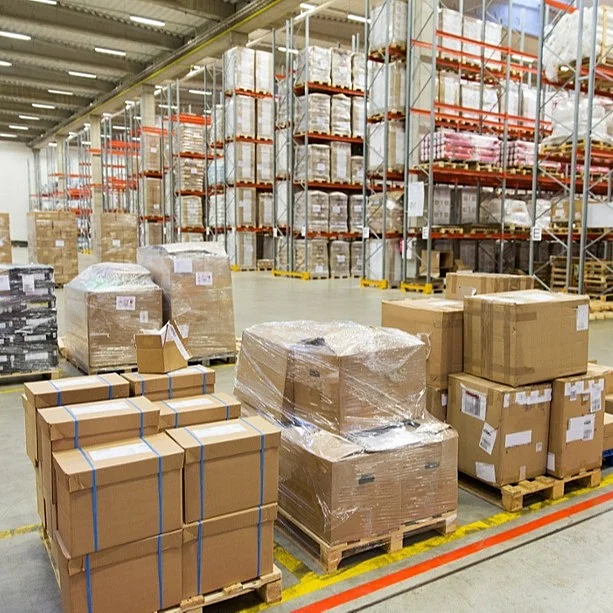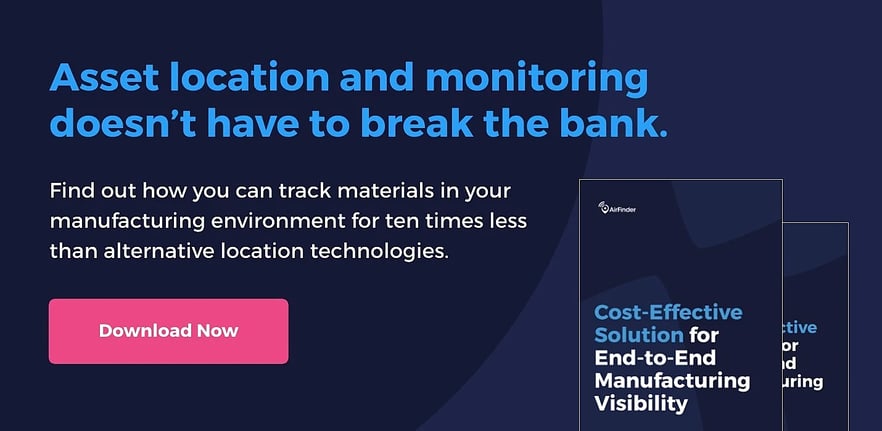You’ve researched solutions for lost shipments and misplaced assets and know that location tracking software is a viable option. But the question you have to answer before investing in an asset tracking or asset location solution for your organization is this: Will this solution save you money, or is it just a convenience?
To find out, ask yourself (and your team) the following six questions:
- Does your staff spend an inordinate amount of time tracking equipment or assets? If administrators or nurses in your healthcare facility are constantly having to search for a wheelchair they can use, or if shipments from your supplier are consistently left in the wrong areas, asset tracking technology can be a huge help. Your staff will be able to immediately locate the items they’re searching for and reappropriate their time to more important tasks.
- Do you have a regulatory reason to track assets? For example, if you have a government contract and your equipment is paid by same, you may be required to keep track of it. Asset tracking technology can alleviate the stress of locating this equipment and help avoid regulatory problems.
- Is the tag cost of the solution you’re considering cost prohibitive? If you’re considering a WiFi-based solution, you may have to spend up to $60 per tag—while a Bluetooth Low Energy (BLE) tag may be under $15. (This article goes into more detail on tag types, and their pros and cons.) Review these tag costs before selecting an asset location technology so you can be certain you’ll see a good return on your investment.
- Will the location tracking solution enhance your risk management practices? Many asset tracking technologies allow you to set relevant alerts. For example, if a certain tagged asset moves outside of a certain perimeter, a notification could help prevent theft. Or, if you need to track personnel or visitors to ensure they remain in designated areas, you could incorporate location tracking technology into visitor badges. Both examples will mitigate your risk and could impact your bottom line.
- Is the infrastructure requirement of the solution you're considering cost prohibitive? For example, infrared RTLS is very costly to install, as it requires specific infrastructure in every monitored room. Because of these requirements, it’s best for new construction, but is not cost-effective for retrofitting an existing structure. AirFinder, on the other hand, is extremely simple to install and can be done in a matter of hours or days, depending on your specific tracking needs. That helps you begin tracking (and saving money) sooner.
- What is the value of the items you’re tracking? If you’re tracking high-value equipment or shipments, asset tracking software is ideal. But it isn’t ideal for tracking thousands of five-dollar items, as you’ll pay more per tag than each item is worth. (That said, inexpensive items can sometimes be of very high value. If Dr. Joe won’t perform surgery without his special stool, tagging that stool could save you a lot of time and trouble!) If you find that you need to track your inventory more than high-value assets, passive RFID is a great option. The tags last forever and can be purchased for cents on the dollar.
If you’ve determined, after reviewing these questions, that asset location technology will help your company—I invite you to take a look at the following whitepaper. Whether or not you’re in healthcare, this free guide will walk you through your various technology options, which is a great place to start.





